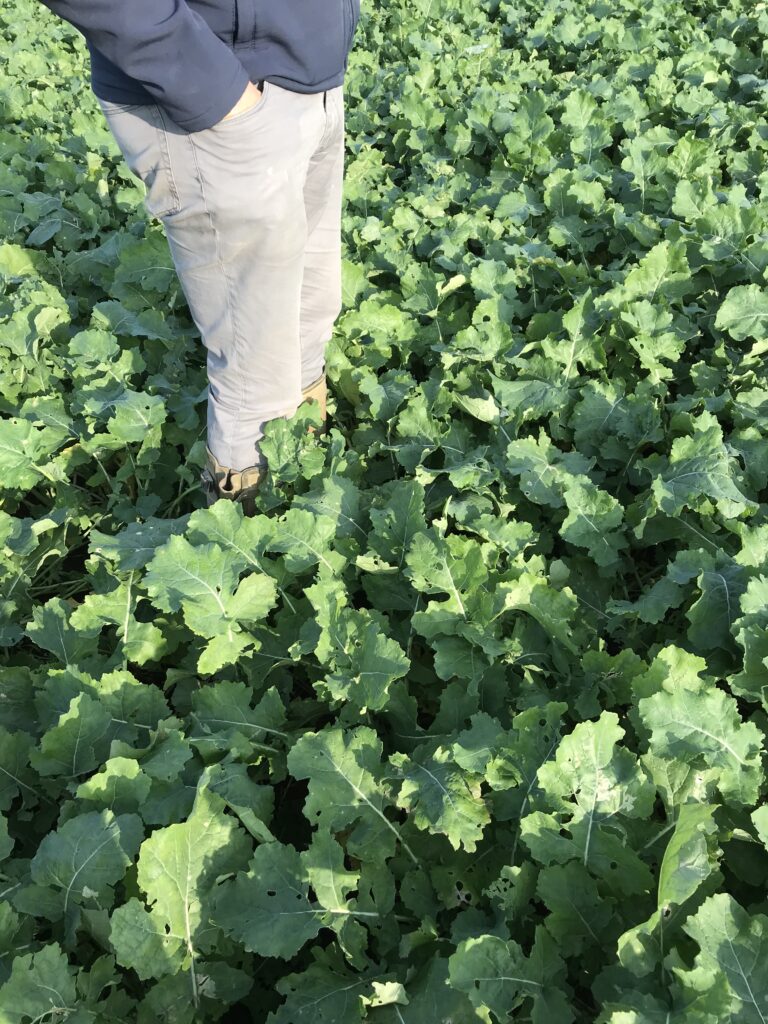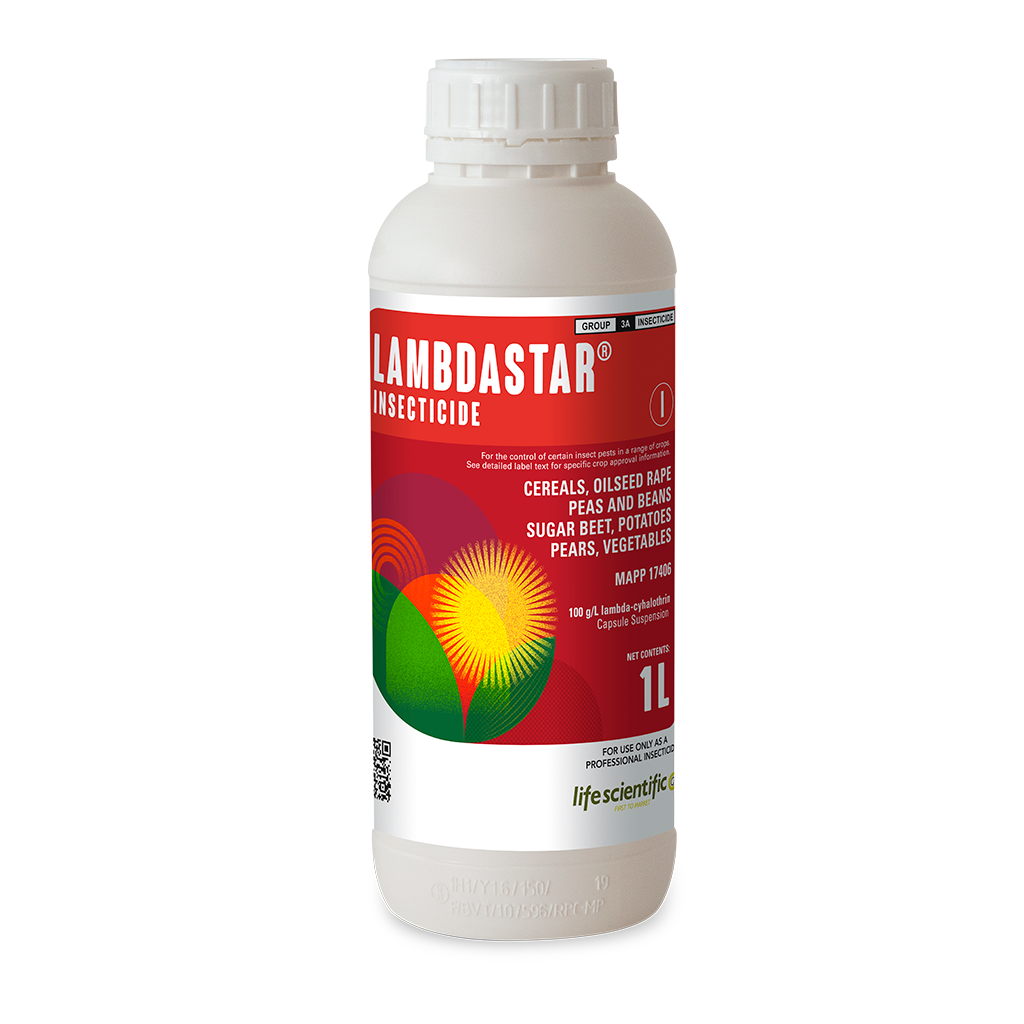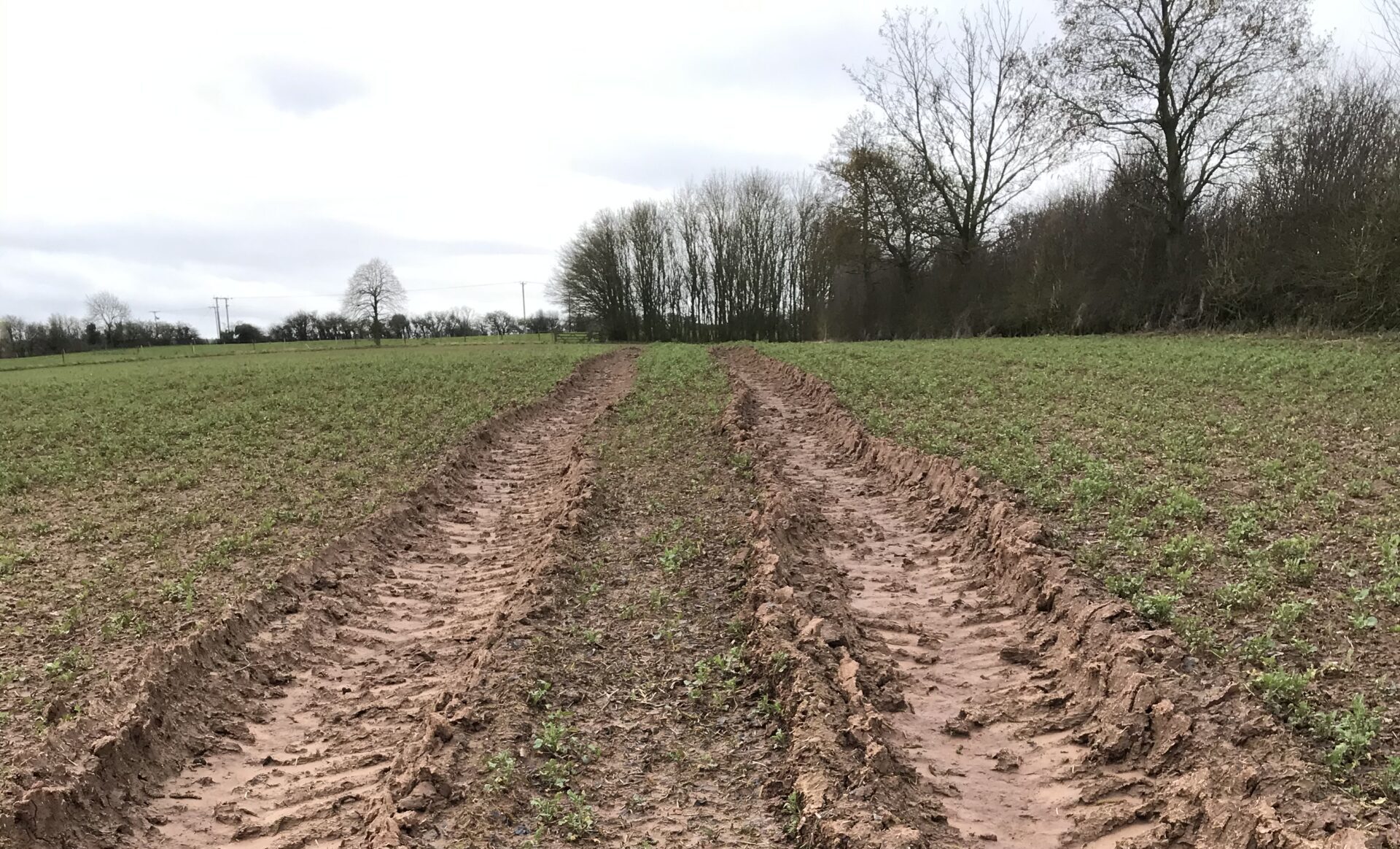Welcome to the November edition of the Life Scientific Newsletter.
This is an exciting time for us at Life Scientific as the company continues to grow its portfolio of new products and expand into new territories including Eastern Europe and Canada.
We are selling prothioconazole in the USA and have recently received registration for 2 prothioconazole + trifloxystrobin fungicides.
In the first 10 months of 2024 we have achieved an amazing 30 new product registrations in Europe and are continuing the work for more new and exciting products.
Back at home, each year brings its own challenges and autumn 2024 is no exception. High rainfall and mild conditions have made drilling difficult, especially south of the midlands. The conditions suit pre-emergence herbicides where they have been applied but they also continue to encourage development of weeds, pests and diseases, so follow-up treatments are needed in many crops.
Here at Life Scientific, we have products which can help in all of these sectors.
LAMBDASTAR FIRESTARTER NIANTIC DIFENOSTAR ESKER AURELIA ORASO PRO
Oilseed rape disease control
AHDB’s phoma forecast model (https://ahdb.org.uk/phoma-leaf-spot-forecast) is a useful tool for predicting when phoma leaf spot symptom

s could reach the threshold of 10% of plants showing symptoms (for varieties with stem canker ratings of 7 and below).
It also compares the 2024 risk with previous years. Predictions of first appearance of disease for this autumn ranged from late S
eptember to late October for most locations, and early November for some sites further north. This was slightly later than last year.
Whilst the leaf spots don’t cause much damage, they are a good indicator of when to time your fungicide sprays to protect against stem canker.
Even if you have sprayed the crop, this year may require a follow-up treatment if disease pressure remains high. AHDB recommend that a “second application should be considered when reinfection is evident (typically 4 to 10 weeks after the first application)” (AHDB: Phoma leaf spot onset variable, according to forecast, 1st October 2024).
A second spray can also help protect against light leaf spot (Pyrenopeziza brassicae) which tends to appear later in the autumn as pale patches with white spots around the edge and can lead to yield losses of 1T/Ha.
DIFENOSTAR (containing difenoconazole) is a cost-effective choice for phoma control.
AURELIA (containing prothioconazole) has activity against both phoma and light leaf spot.
Alternatively, ESKER or ORASO PRO (containing prothioconazole and tebuconazole) also have activity against both diseases, whilst tebuconazole is known to have some growth regulation activity in the crop.
See the labels for full approval details, including dose rates and timings.
DIFENOSTAR ESKER AURELIA ORASO PRO
Cereal weed control
As later cereal crops continue to be drilled, it is important to have a robust herbicide programme to help control both grass and broad-leaved weeds.
Life Scientific have two important products that can be used in the autumn for grass and broad-leaved weed control – FIRESTARTER (containing flufenacet and diflufenican) and NIANTIC (a WG formulation of mesosulfuron-methyl and iodosulfuron-methyl-sodium).
FIRESTARTER is a reverse-engineered product comparable to Liberator and is a useful component of any winter wheat or barley weed control programme when used pre or post-emergence of the crop and weeds. Its combination of active ingredients with different modes of action make it ideal as part of an anti-resistance strategy, and give it activity against black-grass, annual meadow-grass and a range of annual broad-leaved weeds including common chickweed, common field-speedwell, field pansy, field forget-me-not, groundsel, mayweed and red dead-nettle.
Apply FIRESTARTER up to and including GS22 in winter wheat or GS23 in winter barley.
An application of 0.6L/Ha may be made at any time before 31st March in the year of harvest. A single application of 0.3L/Ha that is not part of a sequence may be made at any time up to and including GS22 in winter wheat and GS23 in winter barley. Where the total dose exceeds 0.6L/Ha, the first application of any sequence must be made before GS13 of the crop and a minimum of 6 weeks must elapse between treatments. The second application of any sequence must not exceed 0.3L/Ha. Where the total dose is between 0.3-0.6L/Ha and application is made after GS12 of the crop, the latest time of application is 31st March.
NIANTIC is a reverse-engineered product comparable to Atlantis WG, approved for use in winter wheat with proven activity against sensitive black-grass, wild oats and Italian rye-grass, annual meadow-grass, rough-stalked meadow-grass and a range of annual broad-leaved weeds including common chickweed and mayweeds when used with authorised adjuvants, PROBE or Biopower.
Weeds should be emerged at the time of application and those emerging after application will not be controlled. Best control will be achieved by application to small actively growing weeds, ideally between 1 and 3 leaves, and when the majority of the weed population has emerged.
Populations of black-grass and Italian rye-grass with varying levels of resistance to ALS herbicides are widespread in the UK. NIANTIC must therefore always be used as part of an integrated approach to weed control involving rotation, cultivations, stale seedbeds and delayed drilling. NIANTIC + PROBE should be mixed with an effective residual tank-mix partner, and sequenced with herbicides with alternative modes of action such as FIRESTARTER.
FIRESTARTER and NIANTIC have a range of physically compatible tank-mixes or sequences which can be found on the Life Scientific website.
See the labels for full approval details, including dose rates and timings.
Barley Yellow Dwarf Virus
In our October newsletter, we talked about the risk posed by BYDV to your cereal crops. We are getting reports from

across the country that the mild weather through October and into November is continuing to encourage aphid activity.
It is important to continue monitoring your crops for the presence of aphids and to utilise AHDB’s BYDV management tool (https://ahdb.org.uk/bydv) to see when your crop may be at risk and needing another treatment, even if you have already made an insecticide application.
Life Scientific’s product, LAMBDASTAR, contains 100g/L lambda-cyhalothrin and is approved for the control of aphid vectors of BYDV in winter wheat, winter barley, winter oats and durum wheat. It should be used at the full rate of 50ml/Ha.
See the label for full approval details.

